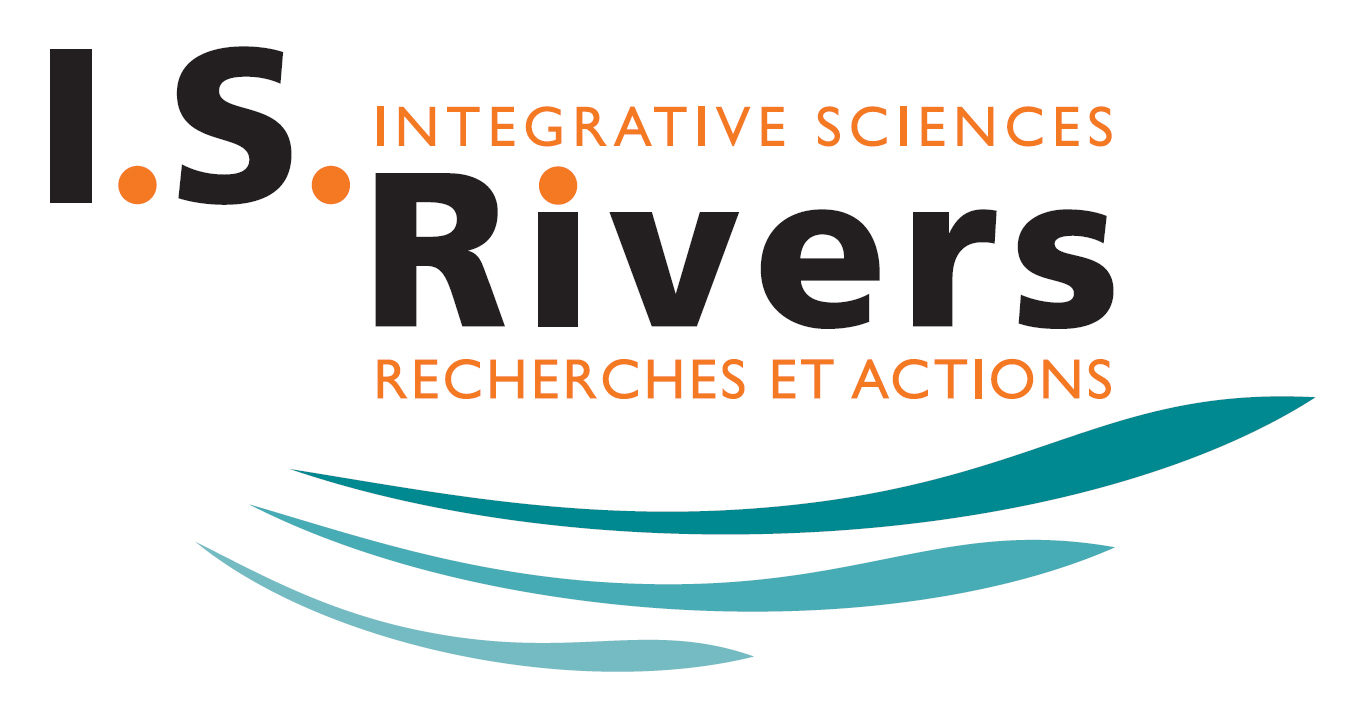Wednesday 2nd of july – from 10:30 to 19:00
Session C3 : Rethinking river governance
Mobilizing people around river issues: deploying innovative tools worldwide
GARDETTE Sophie
France
Short abstract : Protecting rivers is everyone’s business: public authorities and local authorities, companies, research centers, civil society organizations. However, it is not always easy to make available the data needed to shed light on the issues of today and tomorrow, and to encourage people to act. The traditional approach of presenting issues and ‘solutions’ from the top-down approach is a thing of the past. We need to find new tools that encourage people to act.
IAGF, with its international experts, has developed a set of innovative tools, consisting of :
- A River puzzle game : in workshops of 8 to 12 people, for 2.30 to 3 hours, participants discuss the challenges facing rivers and the impact of human activity and climate change on them. Using collective intelligence, they identify and commit to individual and collective actions.
- A label (Living with Rivers) to promote virtuous river initiatives around the world and support local players. A new call for initiatives will be launched in the 1st quarter of 2025.
- An open-source collaborative platform, called the ‘Treasure of Rivers’, to capitalize on the intangible heritage of the world’s rivers (official launch at IS Rivers).
These various tools will be presented at the IS Rivers Conference, with a view to mobilizing the scientific community for their deployment, in France and worldwide.
Invasive species networks : spaces for exchange and creation
GRANGE Marie Charlotte, HORMAN Anouk
France
Short abstract : Invasive alien species (IAS), introduced by human activities outside their natural range, are responsible for 60% of documented extinctions and cost continental Europe €12.5 billion a year. Water networks contribute to their dispersal, making isolated management of outbreaks ineffective, and coordination at basin level essential. In this context, EEE networks play a key role, combining expertise, research and practical action, while at the same time being part of complex national, regional and local dynamics.
We will present the diversity of forms that these networks can take through two networks that are specific to the French landscape because of their scale: the IAS Working Group of the Loire-Bretagne Basin, and the IAS Strategy for the Rhône River.
The IAS Working Group of the Loire-Bretagne Basin coordinates the efforts of managers, experts and partners, and has been supported by the Loire Grandeur Nature Plan since 2002. This well-structured network, organised around an active core group and regional coordinators, has been able to put in place shared tools. The Strategy for IAS on the Rhône River is in turn currently being drawn up and structuring its network, with implementation of its action plan expected from 2026.
Session C5 : Functions and values of rivers in cities
River Culture in the City: how wild can/should we get?
WANTZEN Karl Matthias
France
Short abstract : Urban design aims to create pleasant, efficient, and long-term, low-risk life conditions for citizens. Nature is wild and dynamic, it undergoes a permanent turnover of matter and a patchy re-organization of space. Urbanism has homogenized wild space and stilled rhythmic dynamics, and thereby (fatally) changed the survival conditions for non-human life and for many life-supporting ecosystem functions (anthropocentrically termed “services”). The consequences of this practice have been visible for many years (e.g., water pollution, health issues) but are now menacing more and more human lifes, exacerbated by Climate Change. While humans are mostly indolent and remain resilient against scientists’ predictions about future life conditions, the current critical events (e.g., frequently occurring extreme drought/heat/flood events, previously known as “millennial events”) may have a cathartic effect and set the stage for a new value system that is better adapted to nature. In my talk, I will present examples on how people have understood the necessity for changing urban design according to nature’s (and their own!) needs, e.g., from stream daylighting, riverfront design, human-nature-encounter sites, restoration, de-novo creation of urban waterbodies, and eco-social justice between metropoles and the hydrographic basin. I will also make a plea for a drastic, socio-ecological urban re-design inspired by Haussmann’s Paris.
Biodiversity of the Saône River: Experiments for Ecological Restoration in Downtown Lyon
BRUNELLE Quentin, DE LACHAISE Victorine
France
Short abstract : “After the Gabiodiv project in 2019, the association Des Espèces Parmi Lyon undertook two ecological engineering projects to restore the Saône River in downtown Lyon, covering 600 meters. The first was completed in early 2024, and the second will be finalized this year. Biodiversity is being evaluated despite challenges related to invasive species and strong currents. Promising results include the presence of protected species and natural riverbanks. One project transformed 900 m² of submerged concrete slabs into vegetation zones, while the other removed 600 m² of impervious concrete to combine educational walks with biodiversity. After just one year, what are the immediate and expected results on biodiversity?”
